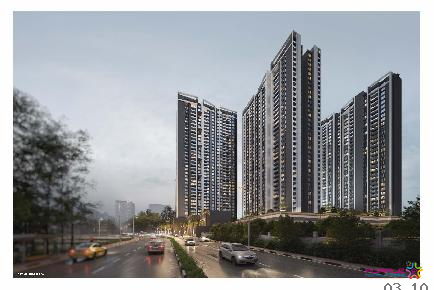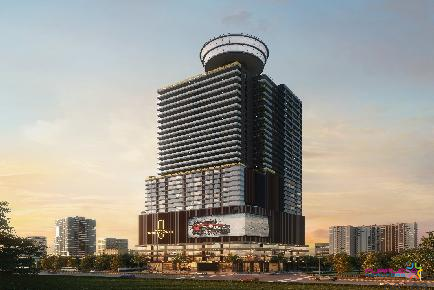
WYNG by Kundan Spaces Camp Pune Commercial Office Space Price Location Floor Plan Review
Pune,Pune
The Budget 2018-19 is some days away and industry participants are ready with their wish-lists that they believe could help pull the sector out of the woods.
On the developer's side, what tops the wish-list is a revision in GST rate. A buyer of an under-constructed property faces an effective GST rate of 12 percent since it is considered as availing of services from the builder. But a sale of a completed property is not considered as rendering of services.
That before the GST launch, the applicable rate of service tax was around 4.5 percent. Besides, a value added tax of 1 percent used to be levied, resulting in total tax outgo of 5.5 percent of the sales consideration.
The price arbitrage between under-construction and fully constructed houses has gone up significantly due to GST tax, slowing down of sales of under-construction houses and squeezing of developer's balance sheets.
The demand for the sector remained sluggish, with seven top cities sitting on an unsold inventory of 6,85,000 housing units by the end of September quarter. the housing sector witnessed a 35 percent fall in new supply across eight major cities to about 74,000 units in 2017. Launches of low-cost homes rose a modest 6 percent during the year.
"An increase in sales and decline in unsold inventory is likely. 2018 may witness new launches, but most of the developers will focus on completing their under construction projects. There is a need for more clarity on GST leading to better transparency in the sector."
too believes that clarity on the applicable GST rate for the real estate sector is still needed.
RERA requirements have pushed back launches by developers who are unable to meet the eligibility criteria, Credit Suisse said.
On the other hand, rising inputs costs due to surge in cement and steel prices are seen pushing up property prices in 2018, the Confederation of Real Estate Developer's Association of India said.
Developers are also pushing for abolition of stamp duty, which continues to remain in force, even after implementation of GST.
"The rates vary from state to state which increases costs for the consumer. We hope that state governments abolish the same or merge with the existing GST rates,"
Besides, under the GST regime, the input tax credit is available on taxes paid on materials bought for construction that can be adjusted against the GST liability. But the effective tax rate post adjustment is quite high compared with the old rate of 5.5 percent,.
Granting of infrastructure status to the real estate sector for the affordable housing sector was the biggest highlight of the 2017 Budget.
The 2017 Union Budget had given a new impetus to the affordable housing sector and provided the players several reasons to cheer. The government announced a slew of incentives like increase in allocation from Rs 15,000 crore to Rs 23,000 crore for the Pradhan Mantri Awas Yojana, extending the time period of project completion from three to five years, and determining benefits based on carpet area instead of built-up area, among others.
"The affordable housing space is expected to turn into a Rs 6,00,000-crore opportunity by 2022. We are hoping that the streak of positive measures continues with this year's Budget. More specifically, Housing Finance Companies (HFCs) will be looking for reform changes with respect to raising funds,"

WYCE Exclucity Bavdhan Pune 2BHK 3BHK 4BHK
Bavdhan, Pune

M Soul Strings by Malpani Group Baner Pashan Pune 3 BHK and 4 BHK Price Location Floor Plan Review
Baner Pashan Link Road, Pune

WYNG by Kundan Spaces Camp Pune Commercial Office Space Price Location Floor Plan Review
Pune,Pune

Platinum 9 World Tower Wakad Pune Commercial Project
Wakad,Pune

West Avenue Aundh Pune Commercial Project Office Space Shop Price Loaction Floor Plan Review
Aundh,Pune

NAIKNAVARE SEVEN 7 BUSINESS SQUARE SHIVAJINAGAR PUNE SHOWROOM OFFICE SPACE
Shivajinagar,Pune

ABIL Boulevard Koregaon Park KP Pune Commercial Project For Lease
Koregaon Park,Pune

Supreme HQ Headquarters Baner Office Space showroom
Baner,Pune

Vertica Balewadi Pune Commercial Project
Balewadi,Pune

ATC Amar Tech Center Viman Nagar Pune Commercial Office Space For Lease
Viman Nagar,Pune

Haute Capital by Bhansali Baner Pune Commercial Project
Balewadi,Pune

Pyramid Axis Commercial Baner Pune Office Spaces For Sale And Lease Commercial Project
Baner,Pune